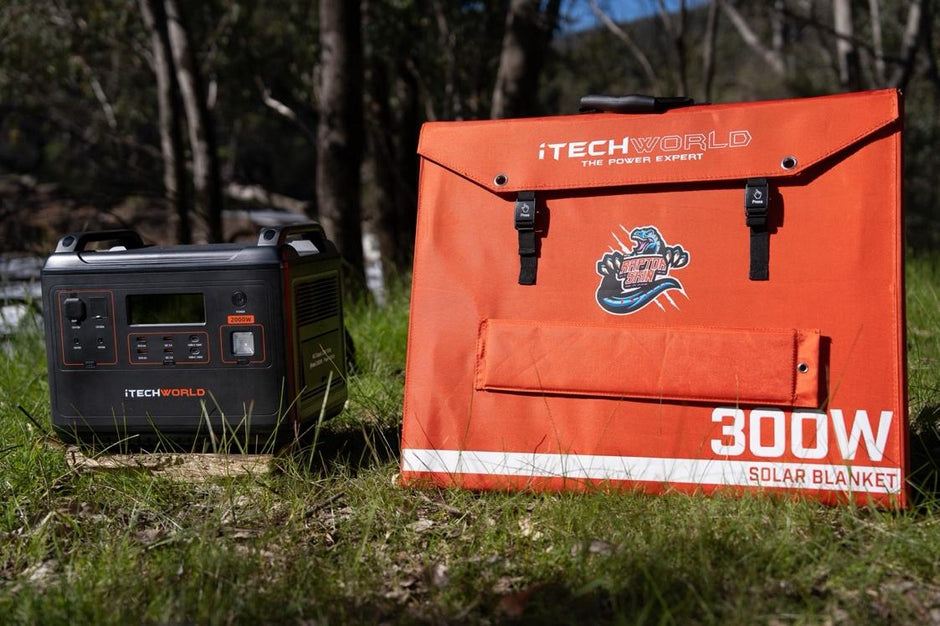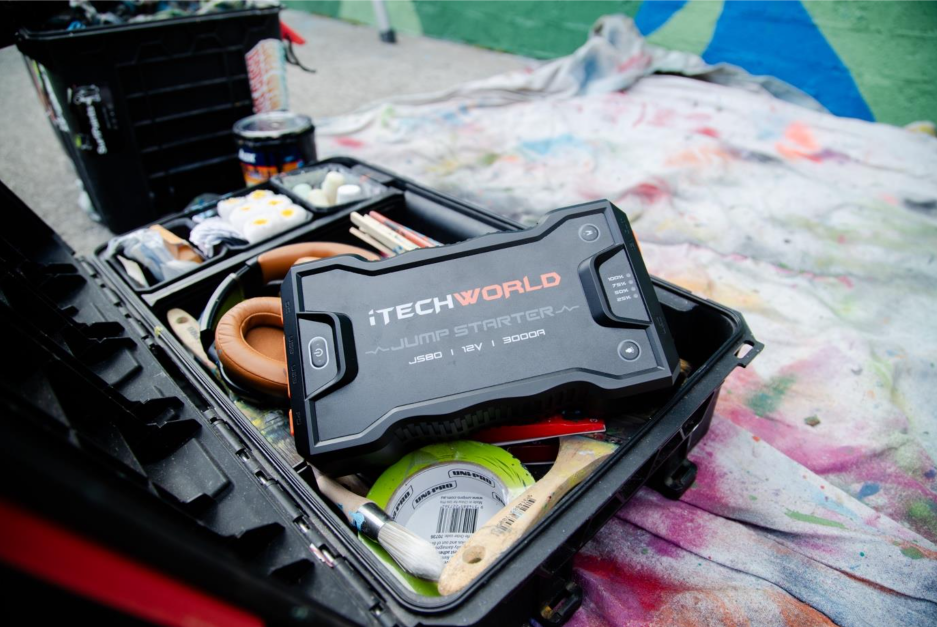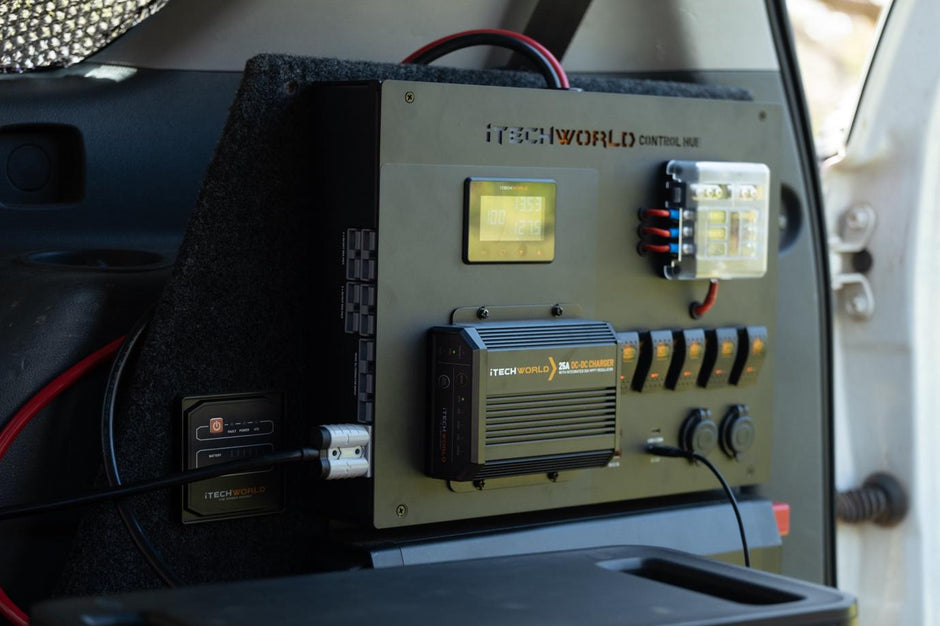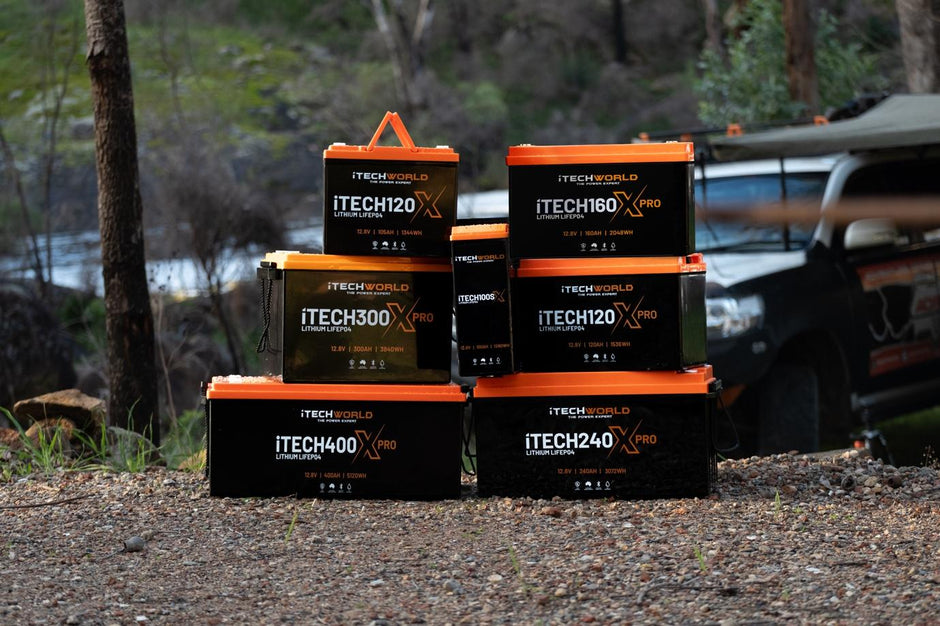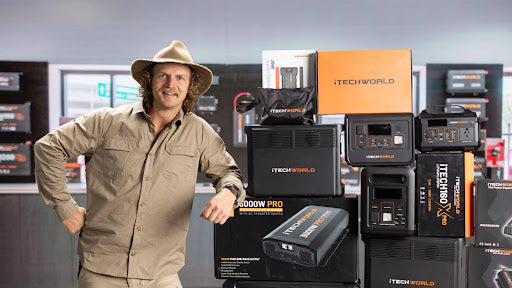Whether you’re designing a new 12V system for your vehicle or building an off-grid backup for your home, getting to grips with the basics of electrical wording and concepts makes everything else much easier to follow. Follow along with us as we check out some of the most common terms you’ll come across in your journey.
Circuit
Think of a circuit like a pathway through which electricity can flow. It’s essentially a closed loop that allows electrical current to travel from one point to another and through various other components.
It’s easy to forget that when we knock a switch on or off, there’s actually a lot going on internally. When we flip open a switch, a break in the circuit is created. That means the current stops flowing and whatever was receiving power will stop running. Turning a device on means you close the circuit, allowing electricity to flow from the power source all the way through to the device in question.
Voltage
The best way to imagine voltage is as the ‘push’ behind electricity. It’s the measure of the electrical force that the system can exert on the equipment it is supplying. Or in other words, it’s the force that moves the current along a circuit, much like water pressure in a hose.
The symbol for voltage is ‘V’ and can be measured using a voltmeter or multimeter. The higher the voltage, the stronger the push, which makes the electricity flow more easily and thus do more work.
Current
The next value we need to get our head around is current. This is the flow of electricity through a circuit. If the voltage is the ‘push’ that gets the energy moving, the current is more like the actual movement of the electric charge.
A higher current through a circuit means more electricity is moving through the system, so you can power bigger and more demanding appliances. Current is measured in amperes and symbolised by a capital ‘I’.
Watts & Amp-hours
Power and energy are where we get a little bit more complicated. As a measure of power, watts tell you how much electrical energy is used or produced at any given moment.
Energy on the other hand is how much energy a battery can store and provide, represented by amp-hours. Think of it as a gauge for your battery to let you know how long you can use it before recharging. These electrical values are represented by watts (W) and amp-hours (Ah).
Resistance
In the simplest terms, resistance measures how much a substance or material resists the flow of electrical current. If we go back to the water metaphor, resistance is like pushing water through a small pipe; the smaller the pipe, the harder it is for the water to flow. In electrical systems, higher resistance means it’s harder for the current to flow through the wire or component. Resistance is measured in Ohms and is represented by the omega symbol.
Inverters
You’ve probably heard the term ‘inverter’ used in passing when looking for information about 12V systems. An inverter is probably one of the most useful pieces of electronics you’ll come across. Why? It converts the 12V DC in your system into 240V AC power, much like the output of a wall socket in your home. This means you’re able to run appliances like kettles and coffee machines where they wouldn’t have been compatible otherwise.
Supercharge Your Electrical Knowledge
A basic understanding of the fundamentals makes planning and preparing the rest of your system much more straightforward. Don’t stay in the dark; let iTechworld give you the guidance you need to get your system up and running in no time.

